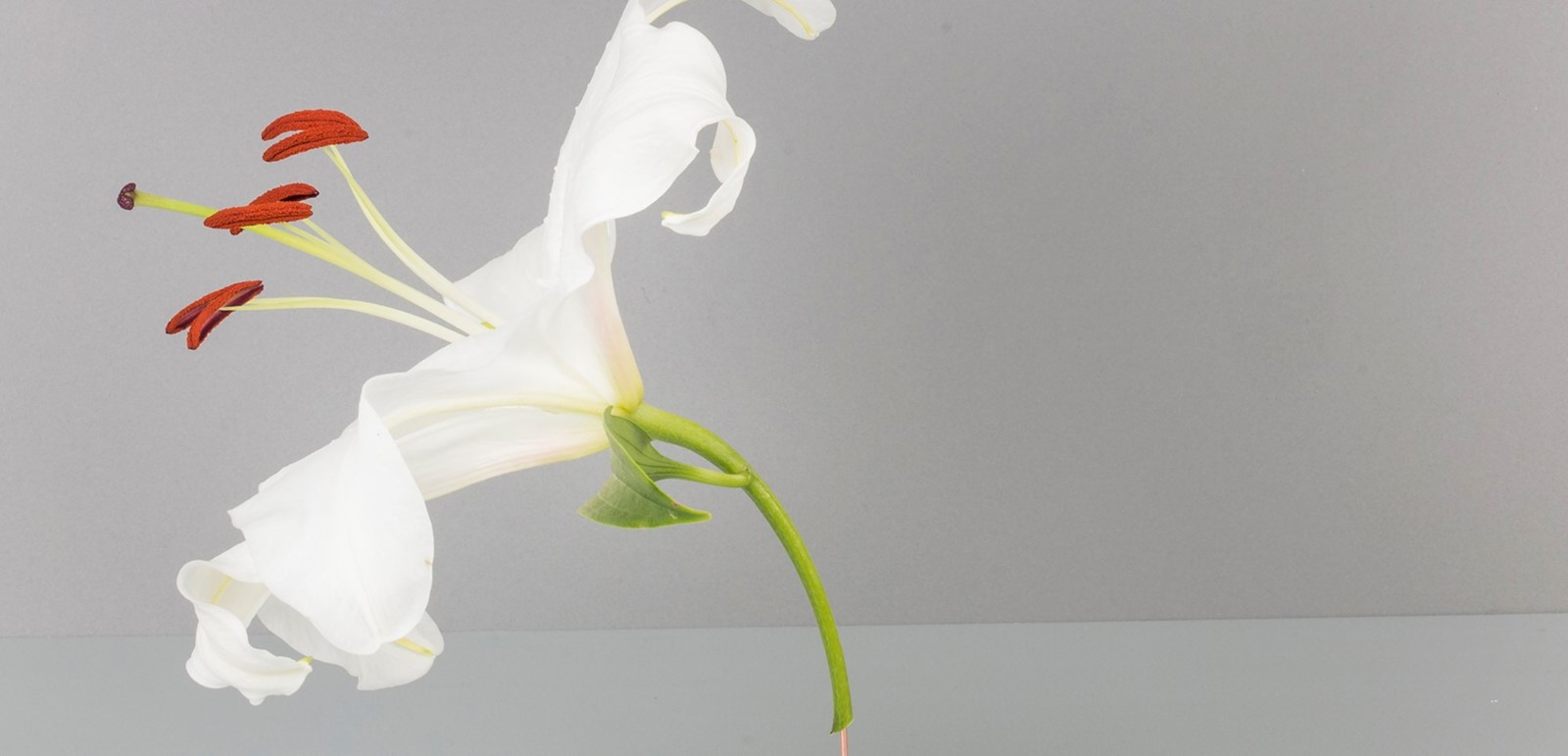Every month, AnOther's dedicated Agony Plant – AKA Nik Southern from the iconic London floristry Grace & Thorn – draws upon her extensive expertise to answer your questions and queries about best botanic practice. Today, having scoured the social media landscape, she addresses the popular question: how, why and when does one repot a houseplant?
Hi there Agony Plant,
Excuse my ignorance, but I'm somewhat of a novice. How exactly do I repot my houseplants? More to the point, when and why should I do this, and how do I ensure each specimen is fed and watered appropriately so they thrive and continue to grow? Any advice would be much appreciated. Spring is in bloom and I'd like to (in your words) "Green up my gaff".
All the best,
Mary F.

Hi Mary,
That's a good question! Sooner or later, repotting house plants becomes something you have to do to enable your baby to grow big and healthy. Plants should be moved into larger vessels as they grow. Unless more space is provided for the plant's roots, they can become pot-bound. That is, the roots of the plant become cramped and form a tightly packed mass that inhibits growth.
When to Repot:
Check out the scale! Does your plant look like it's going to topple over? Can you see roots on the surface of the soil or emerging from the drainage hole in the bottom of the pot? Also, if the growth of the plant has slowed down or looks sad, these are all signs for action!
How to Repot:
If your plant just came home from the shop, let it adjust to its new home for a couple weeks before repotting it. Plants are in shock until they get used to new light, temperature, and humidity conditions.
Young, actively growing houseplants should be moved into slightly larger pots with fresh potting mix once a year. Repotting house plants that are large or slow-growing plants can be done every two years or when they seem to outgrow their pots or look top-heavy. If a plant is thriving, you can assume it's happy.
It's a good idea to repot a plant at the beginning of a period of active growth, usually in spring. Repotting houseplants that bloom in winter should be done in early fall, after their dormant period. Here's a step-by-step guide:
1: Water Plant
Lightly water your plant to help the root ball and soil slide more easily out of the pot.
2: Remove Plant
Remove your plant from the pot by carefully turning it on its side, then support the main stem in one hand and use the other hand to gently pull the pot away. Try not to pull on the stem – if necessary, you can gently tap the pot on the counter, or use a knife or trowel to loosen the soil around the edges of the pot. Be careful not to yank or break the main stems of the plant.
3: Prune Roots
When moving your plant to a larger pot, begin by inspecting the roots and soil. If the soil is in good shape, try to disturb it as little as possible. If it’s rotten or mouldy, shake away some of the excess, but remember that removing soil will stress your plant even more. If the roots are tightly coiled, use your fingers or a sharp knife to loosen or gently slice them so they can spread out, trimming away any really long ends. Cut away any rotten or dead roots.
When repotting in the same pot, shake off the excess soil, then use scissors to prune back up to 25% of the roots. This will help rejuvenate your plant while keeping it small enough to stay in the same pot.
4: Clean Pot
Wash the pot with hot soapy water to get rid of disease-causing microorganisms and insect larvae. Pat dry.
5: Add Soil
If the soil drains well, it’s not necessary to put gravel in the bottom of the pot. Make a small mound of soil in the pot for your plant to sit on. Measure the height and make sure the top of the root ball is at least half an inch below the rim of the pot, so that it won’t overflow when you water it.
6: Position Plant
Place the plant in the pot and settle it on the soil. Look at it from all sides to make sure it’s centered and sitting up straight.
7: Fill Pot
Add potting soil around the plant in layers, pressing it down with your fingers until firm. Don’t bury your plant deeper than it was before!
8: Water Plant
Water your newly potted plant well until the water runs out the bottom. I like to sit the plant in the sink or bathtub and give it a good drink, making sure the soil gets evenly moist while the excess water drains away. This is also a good time to spritz or wipe down the foliage to remove dust and potting soil.
9: Settle it
Sometimes after watering, it’s necessary to add a little more soil to fill in low spots in the pot.
10: Trim Plant
Cut off any dead or broken stems and leaves. If needed, lightly prune your plant to encourage branching.
Hope that helps! Good luck and keep it green.
The Agony Plant
XOXO
NB: Have a burning question about botany? Want to ask the Agony Plant for advice? Tweet or Instagram your query to @anothermag using the hashtag #asktheagonyplant
